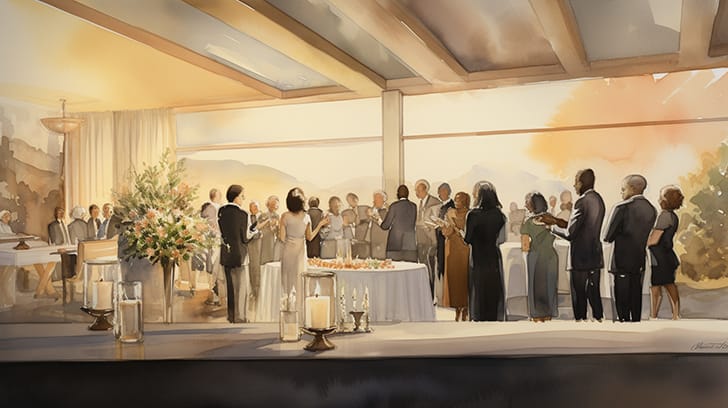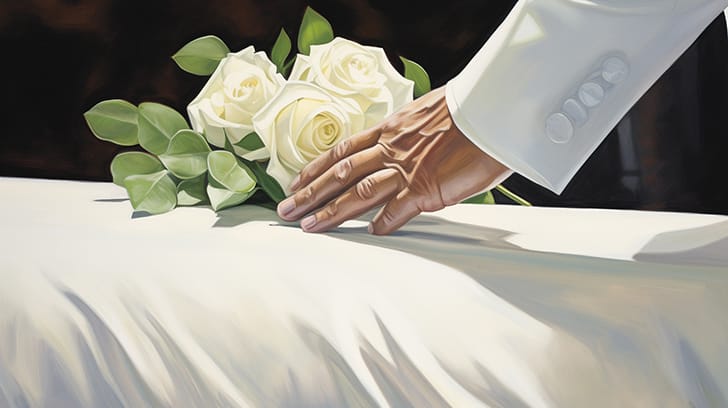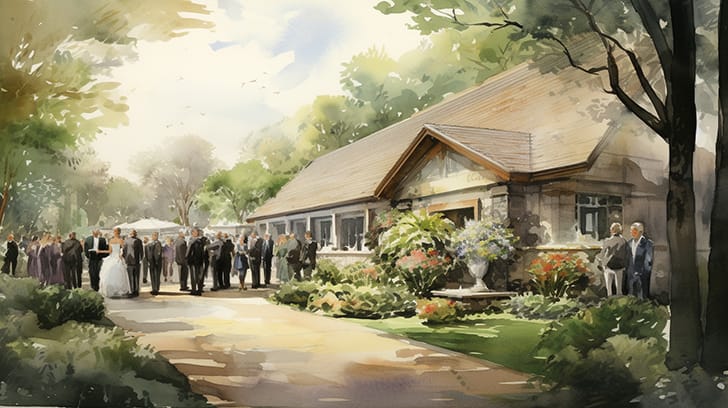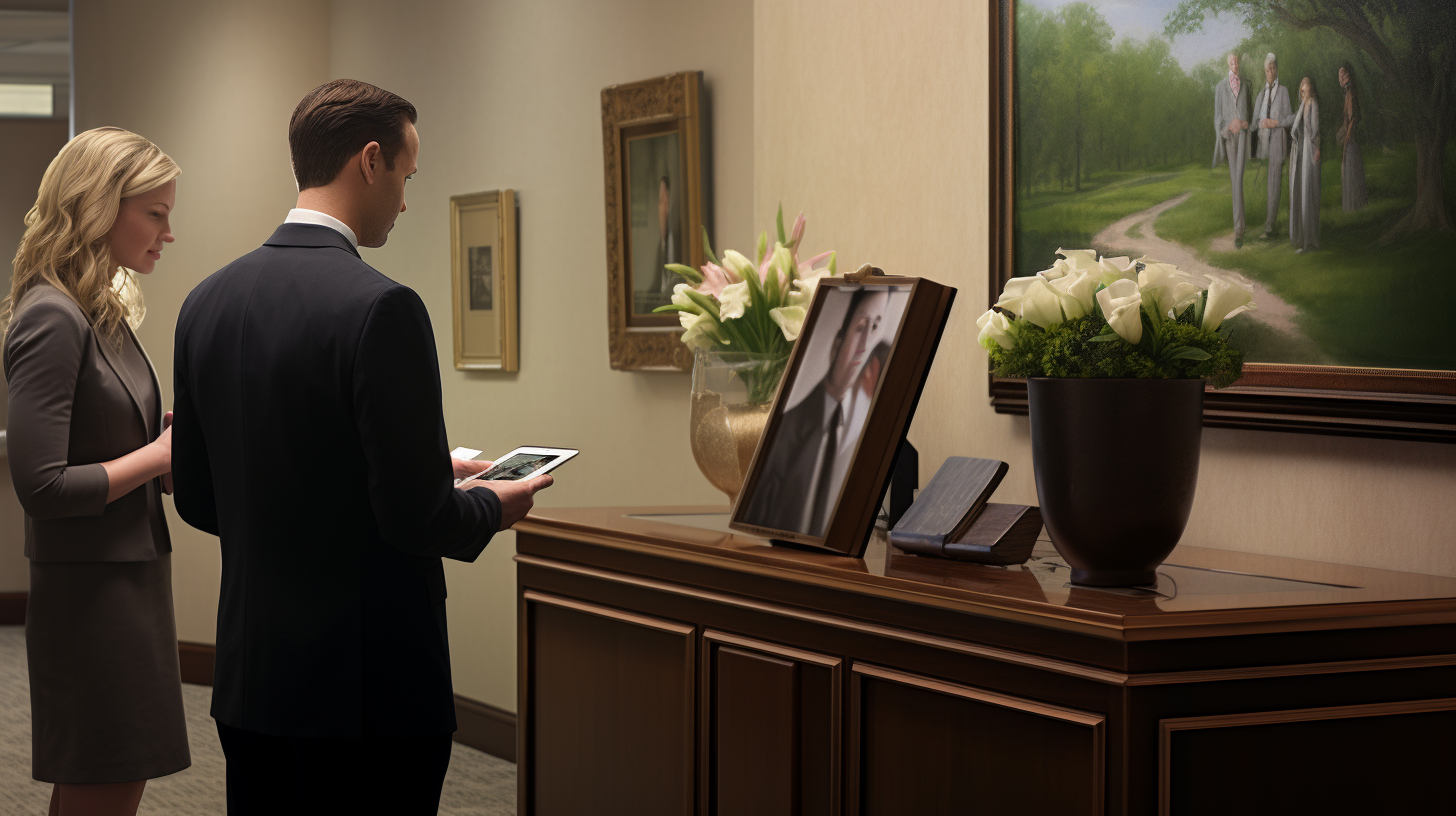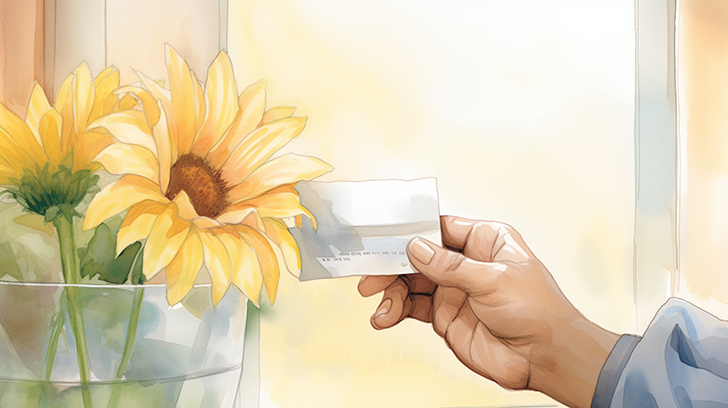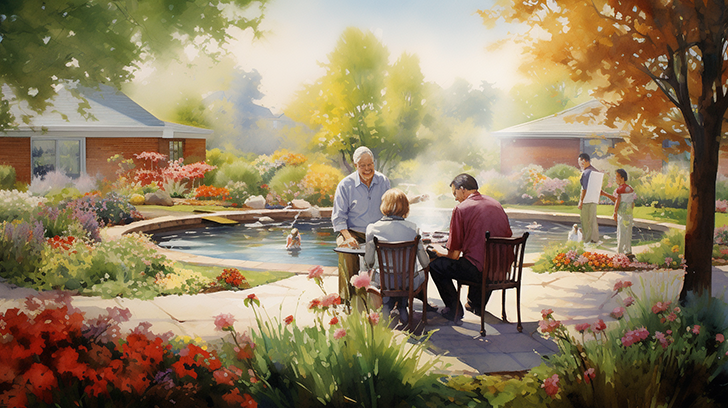- by Tim Thompson
Funeral Etiquette for Attending a Funeral
Being able to attend a traditional church funeral, followed by a burial or a cremation can be a sombre and emotional experience. Recalling a fond memory of the deceased while navigating the funeral etiquette shows sensitivity and respect.
Understanding Funeral Etiquette
Funeral etiquette refers to the customary behaviours and practices that govern the conduct of individuals attending a funeral or memorial service. Funeral etiquette encompasses a set of unwritten rules that are designed to show respect for the deceased and their family, which could include asking them whether they prefer flowers or a donation to a charity.
What is the Funeral Etiquette for Attending a Funeral?
Families choose to have dignity funerals that encompass the expected behaviours and traditions guiding our actions when attending a funeral or memorial service. It includes appropriate attire, expressions of sympathy, and understanding of the proper conduct during the funeral process.
Why is Funeral Etiquette Important?
Being perfectly acceptable in the eyes of the closest family members means demonstrating funeral home etiquette as it shows sensitivity for the deceased and their grieving loved ones. Traditional church services provide a framework for showing support and compassion during the challenging time following the death of a loved one. Adhering to funeral etiquette helps maintain the solemnity and dignity of the occasion.
Tips for Showing Proper Funeral Etiquette
Sending a sympathy card, expressing condolences, dressing appropriately, and understanding the funeral procession are all key elements of showing proper funeral etiquette. It is essential to be mindful of the grieving family’s needs and to conduct oneself with empathy and decorum.
Preparing for the Funeral
When arranging a funeral, it is important to consider various aspects of etiquette and tradition. Funeral etiquette includes attire, sending condolences, which could entail sending a sympathy card, and understanding the funeral procession.
What to Wear to a Funeral
In terms of funeral etiquette, selecting appropriate attire in dark colours for a funeral is a sign of respect for the deceased and their family. For the day of the funeral, traditional attire typically consists of dark or subdued colours and modest, respectful clothing.
Sending Flowers and Condolences
Sending flowers or a sympathy card is a heartfelt way to express condolences to the bereaved family. During a time of mourning, attending the funeral or church services conveys support and compassion.
Understanding the Funeral Procession
Understanding the funeral procession and the roles of funeral directors and mourners is essential in maintaining the decorum and solemnity of the occasion. Following the hearse or helping to follow the coffin during the celebration of life is a way to show your respect for the deceased, take their place and remember the life of the deceased.
Supporting the Immediate Family
Providing support and comfort to the immediate family of the deceased during church services or helping to follow the coffin are important aspects of funeral etiquette. It is a way to extend empathy and assistance during their time of loss.
Offering Support to the Bereaved Family
Offering support to the bereaved family includes providing practical and emotional assistance during their time of mourning. It can range from helping with arrangements to simply being there to listen and offer comfort.
Understanding How to Comfort the Grieving
Understanding how to comfort the grieving may include offering empathy, being a good listener, and providing reassurance, sometimes even by sharing a meaningful story about the deceased. It is important to acknowledge their pain and offer a supportive presence.
Practical Ways to Assist the Family
Practical assistance, such as helping with household tasks, offering to run errands, or providing meals, can be invaluable to the grieving family. Sharing a fond memory while offering support can alleviate some of their burdens during a difficult time.
Attending the Funeral Service
Attending the funeral service requires an understanding of the appropriate protocol and conduct like sitting in the first few rows to uphold the respect of the occasion.
Protocol at the Funeral Service
Observing the protocol at the funeral service can include understanding that it’s perfectly acceptable to mourn and deciding whether to cremate or bury the deceased while being mindful of decorum during the ceremony. Maintaining a solemn and respectful demeanour throughout the funeral usually shows respect to the grieving family.
Participating in the Funeral Ceremony
Participating in the funeral ceremony at the graveside may involve readings, tributes, or other forms of participation. On the day of the funeral, it is important to honour the wishes of the family and contribute in a manner that respects the solemnity of the occasion.
Proper Conduct at the Church or Crematorium
Conducting oneself with dignity and respect at the funeral home, church or crematorium is paramount. Funeral etiquette involves being mindful of the solemnity of the setting and behaving in a manner that reflects reverence for the deceased at their family home or elsewhere.
After the Funeral
After the funeral, it is essential to continue offering support and comfort to the grieving family as they navigate their loss and grief.
Offering Continued Support to the Family
Continued support to the family after the funeral can include reaching out to those who would like to visit the home of the family, assisting with daily tasks, and being a source of emotional support.
Expressing Condolences and Sympathy
Expressing condolences and recollecting fond memories in the aftermath of the funeral is a compassionate gesture that helps the family feel supported during their time of grief.
Final Gestures of Support and Comfort
Final gestures of support and comfort, such as arranging the funeral or offering to help with the church services for the memorial arrangements, can be profoundly meaningful to the family dealing with the death of a loved one.
What is the etiquette for the family of a deceased person at a funeral?
When it comes to funeral etiquette, it’s important for friends usually, close family of the deceased, and others to show respect, and support, and sit in the front during the church services. Immediate family members typically sit at the front, and they may also have specific roles, such as carrying the coffin or urn.
What to expect at a chapel of rest?
A funeral home or a chapel of rest is a place where the deceased is laid to rest before the day of the funeral. When visiting, it’s common to see the deceased in a peaceful setting. Family and close friends may wish to take their place to spend time reflecting and saying their goodbyes.
Is it normal to take photos at a funeral?
While funeral customs vary, taking photos at the graveside, funeral home, or in a chapel of rest is generally not considered appropriate as it may intrude the time for those who would like to visit to show their respect. It’s essential to prioritise respect and sensitivity for the grieving family and the solemn nature of the occasion.
Do people look different in the Chapel of Rest?
People may appear different in a chapel of rest due to the peaceful setting, hence making them feel more comfortable, and the solemn atmosphere. The deceased is often dressed in their chosen attire, creating a serene and dignified appearance for their loved ones to remember. It’s an opportunity to celebrate the life and also to bring comfort by remembering the deceased person as they were.
What not to do at a funeral viewing?
When attending a funeral viewing, one should be respectful and considerate. It’s always appropriate to ask whether even small children who would like to attend need to be guided accordingly. Avoid using your phone, speaking loudly, or making jokes, especially when you are in the home of the family, which could be seen as disrespectful. Show empathy and offer support for friends of the deceased and the grieving family at the funeral home, refraining from any behaviour that may be disrespectful.
What is the protocol for family members at a funeral?
A close friend or family member may have specific roles and seating arrangements at a funeral. It’s always appropriate to ask them whether this is the case. They are expected to uphold the decorum and solemnity of the occasion, offering support to one another and participating in the funeral service as needed.
What is the etiquette for immediate family at a funeral?
Immediate family members, such as parents and siblings, are typically seated at the front of the service, closest to the coffin or urn. They may have specific roles and responsibilities, such as carrying the coffin, and are often supported by close family and friends.
What is the order of family in the funeral procession?
The order of family in a funeral procession typically involves close family at the front, followed by close friends and other mourners. This funeral arrangement allows for immediate family members to lead the procession from the family home and be supported by their loved ones.
Is it rude to not attend a funeral?
While there may be valid reasons for not attending a funeral, such as health concerns or geographical distance, it’s generally seen as a respectful gesture to attend and offer support to the grieving family if possible.
Who travels in the funeral procession?
The funeral procession usually involves the hearse and often includes close family members, friends, and mourners who wish to accompany the family to the burial or cremation site. This collective support and solidarity at either the graveside service or traditional church funeral offer comfort to the family grieving the death of a loved one.
Should I show my emotions at a funeral?
It is acceptable to show your emotions at a funeral. Grieving is a natural part of the mourning process, and expressing sadness, tears, and heartfelt emotions is a sign of love and respect for the deceased and their family.
Should I send flowers?
Sending funeral flowers is a thoughtful way to express sympathy and support for the grieving family. However, if the family has requested charity donations in lieu of flowers, it’s respectful to honor their wishes and offer a donation instead, it’s another way to show your respect.
Who can attend a funeral?
Funerals are typically open to anyone; friends of the deceased, closest family members or those who wish to share a fond memory or pay respects to the deceased. Friends, extended family, colleagues, and acquaintances of the deceased or the family members who are organising the funeral are generally welcome to take their seats.
When should I leave a funeral?
It is appropriate to exit a funeral after the service concludes and the family may have had the opportunity to depart. It is customary to wait for a signal from the funeral director or an usher before leaving your seat, allowing the family to have a moment of privacy, which may be an additional element of the service.
Have questions regarding Catholic funeral etiquette?
If you have questions specifically regarding funeral etiquette at a Catholic funeral, consulting with a knowledgeable clergy member or a funeral director for guidance can be beneficial. When arranging a Catholic funeral, they can provide a guide to funeral etiquette and insights into specific customs.
Should children attend funerals?
Deciding whether children should attend funerals depends on their age, maturity, and the family’s preferences. Before deciding whether they should attend the funeral or graveside service, it is essential to consider the child’s understanding of death and their capacity to handle the emotional aspects of such events.
Should family members bring funeral flowers?
Family members may choose to bring funeral flowers as a personal gesture of love and remembrance. Coordinating with the designated floral arrangements, and expressing condolences through donations to charity instead of flowers, or a sympathy card are heartfelt ways to honour the deceased, popular among common questions about funeral etiquette.
Should you send flowers before or after a funeral?
Traditionally, funeral flowers or donations instead of flowers are sent to either the home, church, or hearse before the celebration of life to ensure they are displayed or acknowledged. In some cases, sending flowers after the funeral can be considered a gesture of continued support and sympathy towards the bereaved family, especially when flowers are still accepted, it can be a meaningful expression of care and show respect.
What could I take to a funeral to pay my respects?
Items such as a sympathy card, a memorial token, a charitable donation in the deceased’s honour, or a thoughtful note to the family expressing your condolences are all meaningful ways to pay your respects at a funeral.
What could I take to a funeral to remain comfortable?
In order to bring comfort, it is considerate to have tissues on hand, as emotions may often surface during the service, making everyone feel more comfortable. Consider carrying a small bottle of water and any necessary medication discreetly to ensure your comfort throughout the duration of the wake or funeral.
What should family members wear at a funeral?
Family members, when attending a funeral or sending flowers to the funeral, should arrange to dress in respectful and modest attire, usually in darker or subdued colors, particularly if the service will be held in a traditional church. Traditional funeral attire often includes suits for men and dresses or suits for women, but in certain circumstances, casual clothing may be an additional acceptable attire, with an emphasis on maintaining a solemn and respectful appearance.
What should you take to a funeral?
When attending a funeral, consider bringing a sympathy card, tissues to offer relief during moments of emotion, a small memento or memorial token for the deceased, and any other personal items that can convey your support and respect for the grieving family.
Who sits with the family at a funeral?
Close family members typically sit together in a reserved section at the front of the funeral venue, honouring their role as immediate mourners. This seating position allows attendees to seek comfort in each other’s presence, feel more comfortable and receive the support of those who cherish a fond memory of the person.
Who walks in the funeral procession?
The funeral procession is often led by immediate family members, who walk ahead in a designated order to honour their relationship with the deceased. Close friends and other mourners follow, showing their support and solidarity as the procession moves towards the burial or cremation site, expressing their respect and love by sharing a story about the deceased.

